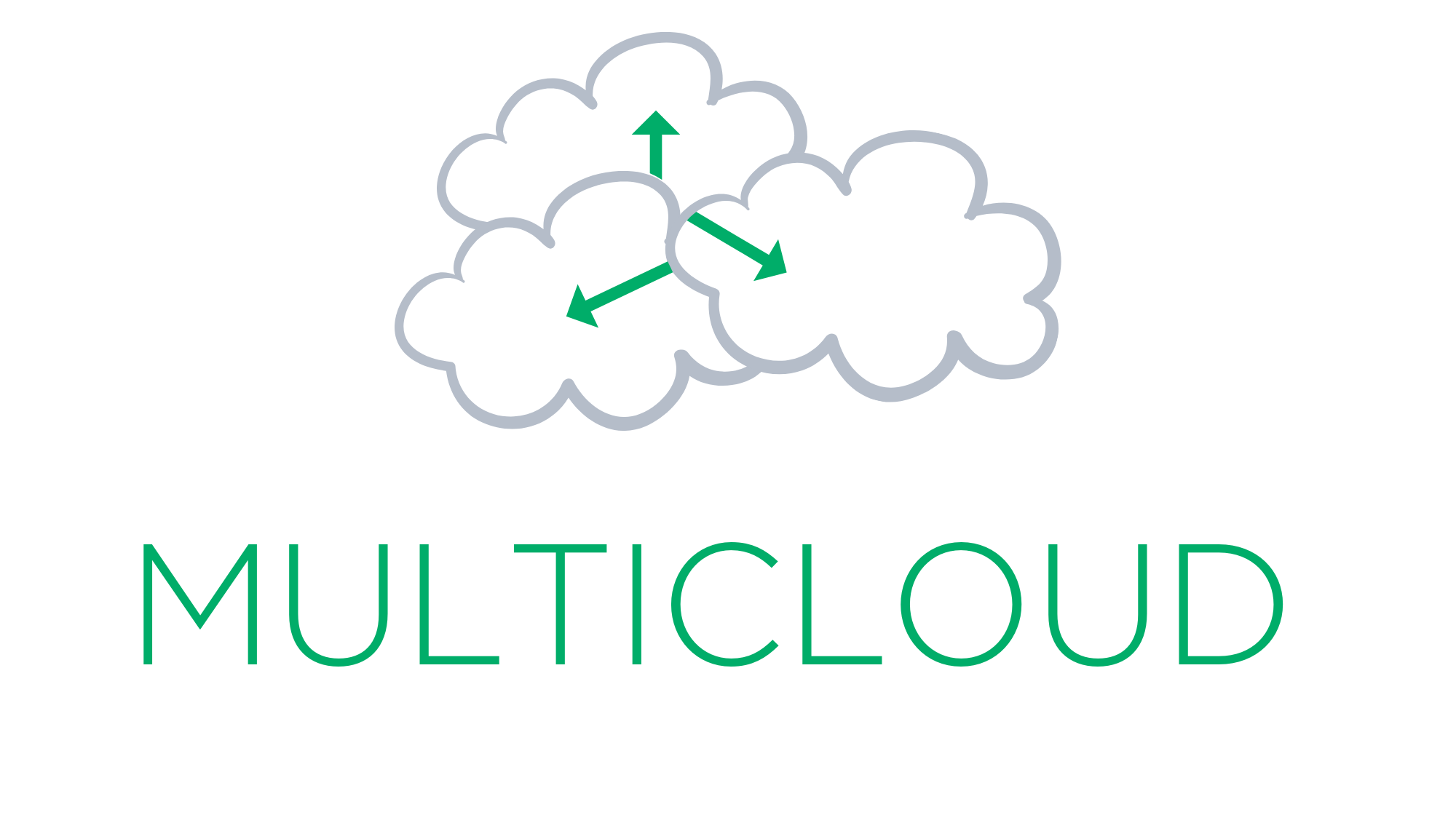Most businesses use a multi-cloud strategy to ensure their virtual cloud architecture always performs reliably. Many companies have found this investment to be innovative and lucrative. It streamlines product deployment and reduces the potential for vendor lock-in problems.

International Data Corporation forecasts that by 2023, spending on public cloud infrastructure services will have more than doubled from $229 billion to $500 billion. In 2019, most businesses only used a single cloud platform to develop new applications. Over time, however, these businesses began to see that their deployment platform was experiencing network restrictions due to an influx of traffic and requests from website visitors.
Therefore, the leading cloud service providers have opted for a multi-cloud architecture.
More and more companies are embracing multi-cloud environments, and many others are striving to develop cloud-native apps that enable them to take advantage of this shift. They may immediately switch to a different cloud if one goes down.
How can businesses determine whether they need a multi-cloud approach?
To decide whether or not to deploy multi-cloud approach, take into account these three factors:
Architecture: One of the most important considerations when deciding to use multi-cloud computing is the application’s design since current apps are often modular and may span many multi-cloud providers and use services from a variety of clouds. This is because architecture is an important consideration when employing several cloud services.
Sourcing: If you’re concerned about losing flexibility or becoming stuck with a single provider, consider how sourcing might help. Several criteria influence the choice, including performance, data sovereignty, regulatory body needs, and availability.
Governance: Companies may pool resources and standardize cost-related processes, regulations, and procedures. Companies may use the services offered by various cloud providers to standardize their administrative functions and operational controls, monitor their IT systems more efficiently, and save money.
7 Core Reasons Why Enterprises Are Adopting a Multi-Cloud Strategy:
While there are numerous potential advantages to adopting a multi-cloud architecture, there are also many possible obstacles, especially when managing workloads across many clouds. Enterprises must take several things into account before deciding on a multi-cloud strategy. Among them is the guaranteeing of security, performance, and cost when migrating from a single cloud to a multi-cloud. The following are just a few of the many benefits of using several cloud platforms.
Freedom of Choice
Using a multi-cloud approach, you may use several distinct cloud computing infrastructures and service providers. For example, Amazon Web Services (AWS) cloud computing provides various services, such as application development and administration tools, analytics, and security. The Google Cloud Platform offers cloud computing services in an open-source model. In addition, if one cloud service is superior to another for a particular set of responsibilities, you may quickly move to that provider.
Agility & Flexibility
Researchers have found that five distinct cloud platforms are used by most businesses today. The multi-cloud method makes it simple to transfer files between cloud storage services as needed. In addition, you can expand the storage system to suit growing business demands. Additionally, multi-cloud offers automated, real-time synchronization of data – the key to data virtualization and centralization.
Avoidance of Vendor Lock-In
Several companies provide cloud computing services today, each competing to give customers the best possible experience. Specialists in the cloud computing field must “factor” the application to meet the specific infrastructure requirements of each cloud in which it will be deployed. There is still the risk of being dependent on a single cloud service provider, even if you meet all the mentioned conditions. Transferring an app across clouds is an expensive and time-consuming process known as refactoring, which your app’s developers must undertake. Since this is the case, using multi-cloud may allow you to leverage each cloud service adequately. Despite the multi-cloud’s API structure, moving applications across clouds is much quicker than with a single cloud.
Reduced Downtime
If enterprise software is built on a single cloud, there is a higher likelihood of failure. Therefore, developers should use the multi-cloud methodology using cloud services from many providers to lessen the possibility of server downtime and give a more stable experience for end users.
Improved Network Performance
With the multi-cloud architecture, developers can access a low-latency, high-speed environment to create their software. This advantage increases application responsiveness and boosts network efficiency.
Improved Risk Management
Due to issues with trusting cloud services, risk management is crucial for businesses. Concerns about the measures used to guarantee safety are to blame. Unless you have established a backup of your data on a local machine, you may have few options for avoiding data loss inside a single cloud service. Even if you can make a duplicate, this is still the case. To counter this, the multi-cloud approach makes it easy to switch to a new cloud provider in the case of data loss.
Competitive Pricing
The fact that you’ve decided to utilize a vendor’s bundle of services is no guarantee that you’ll be locked into that vendor’s pricing plan. There is a plethora of cloud service providers to choose from nowadays, and using multi-cloud may get the most appropriate mix of features and capabilities from various cloud service providers within your budget constraints.
In Conclusion
Because of these merits, we can say without hesitation that multi-cloud computing is “the future” of the IT industry. Despite this, multi-cloud setups are predicted to increase use since they provide cutting-edge application development capabilities and superior scalability, redundancy, and security. Preparations should be made to make the change to a multi-cloud architecture.